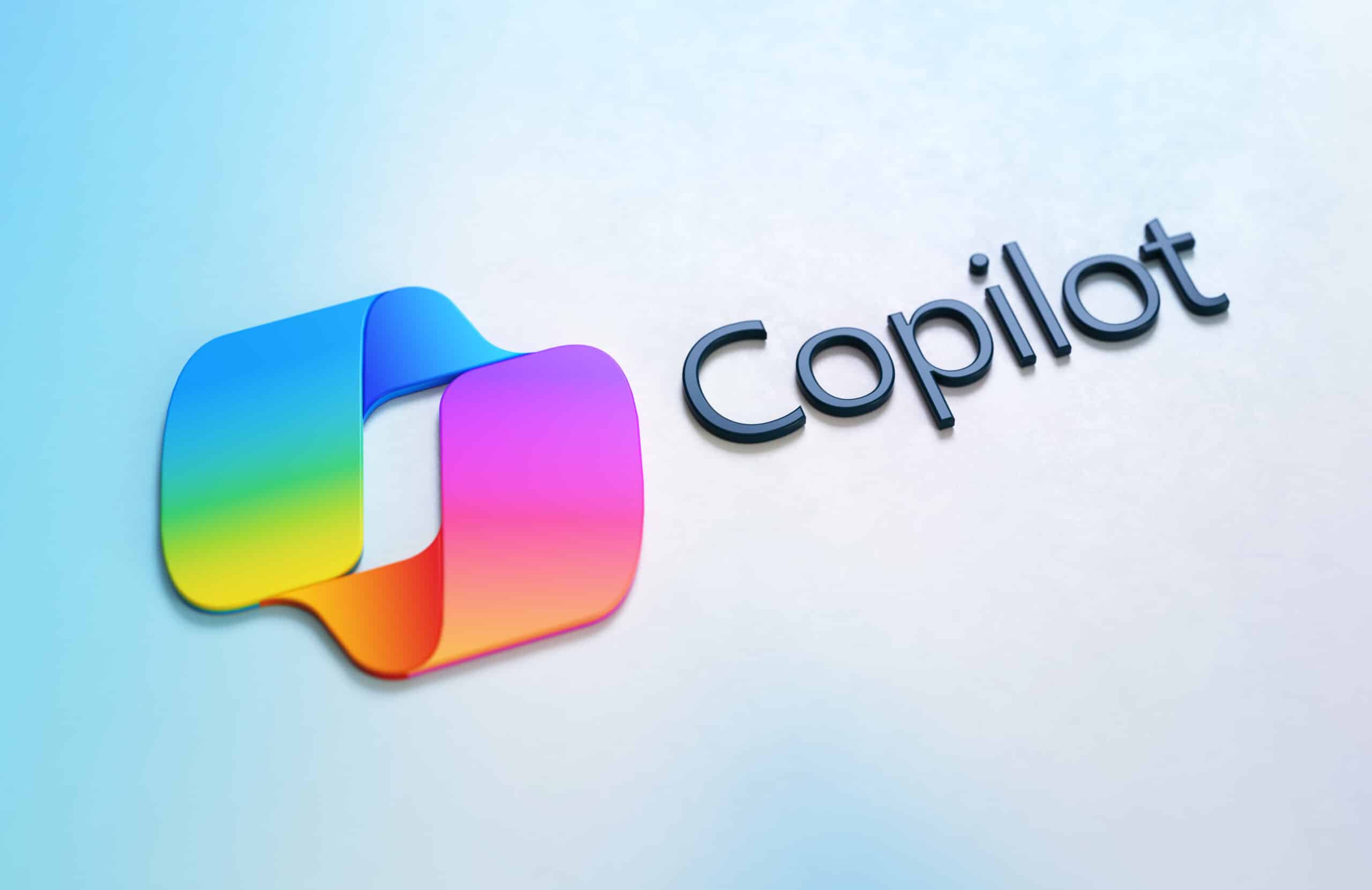Data Management Dos and Don’ts

Navigating the world of SharePoint or any other data management system can seem daunting, especially with their extensive features and unique functionalities. However, when used right, it can be a game-changer for businesses in terms of collaboration, data management and communication. Whether you're a seasoned SharePoint user or just getting started, understanding the dos and don'ts can help streamline your experience. In this blog, we'll break down essential tips to make the most of SharePoint and some things you should avoid, saving you and your organization from headaches later on.
Making the Most of SharePoint: Simple Guidelines for Success
10 Data Management Dos:
1. Know SharePoint's Strengths
SharePoint has been around for a long time. It's great for storing documents, keeping them safe, and sharing them with others. It also helps businesses communicate better. If you're going to use it, understand what it offers so you can use it to its full potential.
2. Train Your Employees
SharePoint isn't like other file storage tools, like Google Drive or Dropbox. It has its unique features, so make sure your team knows how to use them properly.
3. Use Metadata and Content Types
These features help you name and organize your documents better. This makes searching for them easier and helps keep records in the long run.
4. Plan Before You Use
Before you move all your data to SharePoint, think about how you want to organize it. Doing it right the first time saves you effort later.
5. Prioritize Minimal Access
Only give people the access they need to do their job. Less is more.
6. Use Default SharePoint Groups
When giving access, add people to standard groups like Members, Visitors, or Owners. Usually, most users should be in the Members or Visitors groups. Keep the Owners group limited.
7. Opt for Permissions Inheritance
Instead of giving individuals unique permissions, use SharePoint groups. If you can, let sub-sites inherit permissions from the main team site.
8. Structure Your Content Smartly
Organize your content based on security. For example, have a dedicated site or library for confidential files, rather than mixing them in general areas.
9. Assign Group Owners Carefully
The person who creates the site or group is the default owner. It's better to have the site collection owner or a dedicated site owner group in charge, especially to avoid issues if a user account gets deleted.
10. Use Both AD and SharePoint Groups
- SharePoint Groups: Site owners can manage permissions by adding users to groups within their specific site.
- Active Directory Groups: These can be used across different services. If you need to add a user to a group, doing it once in the Directory saves time.
7 Data Management Don’ts
1. Don’t Skip Training
Don't assume everyone knows how to use SharePoint. Mistakes can happen if they don't, like accidentally deleting files. Training helps avoid this.
2. Don’t Only Use SharePoint for File Storage
If you're just using SharePoint to store files like you would on a USB stick, you're missing out. It has many more features to offer.
3. Don’t Replace SharePoint with OneDrive
They might seem similar, but they're not. OneDrive is for individual use, and SharePoint is for teams. Don't use them interchangeably.
4. Don’t Jump in Without a Plan
Just because SharePoint is there doesn't mean you should start using it without a strategy. Consider how you'll organize your data and who has access to what.
5. Don’t Forget the Rules
Especially for bigger companies, it's important to have guidelines. Decide what can be shared, how data should be labeled and other rules before everyone starts using SharePoint.
6. Don’t Give Users Total Control
Don't let everyone have full control. Before giving this power, make sure the person knows how to use SharePoint. Check your company's rules on permissions and think about whether other access levels might work better.
7. Don’t Grant Individual Permissions
Don't give permissions directly to individual users or specific items. Always use SharePoint groups for giving access. Managing permissions item by item can be a lot of work and can cause issues.
Need Some Bonus Data Management Expertise? Partner with Net-Tech
Don’t want to deal with SharePoint on your own? You don’t have to. Organizations seeking top-notch data management services should look no further than Net-Tech. As a premier cloud solution provider, we elevate the standard SharePoint integration by customizing it, rather than simply using pre-existing keys. This ensures that sites are tailored to our innovative file-sharing methodology, promising optimal support and coherence. More than just data management, we craft an entire architectural blueprint - envision the difference between merely patching an old house's shaky foundation and building a brand-new, stable structure from scratch. Financially, Net-Tech offers an avenue for cost-efficiency. Our solutions empower small to mid-sized businesses with enterprise-level features without the need for a comprehensive in-house IT team. Our systems also meticulously document and enforce roles, permissions and data access, dramatically minimizing the risk of internal breaches.
SharePoint is a powerful tool with many features. To make the most of it, seek out a partner who sets your system up for stress-free and streamlined document management and operations.





